Because of its natural beauty, Cape Town can never be a disappointment; majestic, impossibly flat, Table Mountain, blue ocean, tucked away cove villages on the slopes, gracious white gabled homes hidden behind ancient oaks and trimmed gardens, or surrounded by neat lines of vineyards. Groot Constantia, Groot Schure, Hout Bay, Fishoek, Tokai – strange names. The city lies on the north east slope of the mountain, sheltered ( sometimes) by the arm of Lions Head and Signal Hill. Its old, set up by Jan van Riebeck in 1752. The only castle south of the equator was built on the sea front to guard the safe harbour. Today it is stranded inland by the reclaimed ground, initially for the railway, later for port extensions.
We spent a few hours in the Company Gardens area adjacent to Parliament, the Great Synagogue, St Georges Cathedral, a Library, a Museum, and other public buildings, set on the western side of a leafy tree lined avenue. The gardens once provide the food for the town, now a park.
Then to nearby Bo Kaap, the bright pastel coloured blocky homes of the Moslem Community on Whale Street which had us shooting from all angles in the morning light, causing traffic issues!
On to Koopman de Wet house, once a furnished example of an early home, now sadly boarded up, surrounded by seedy shops. I visited it in 1952.
Next Green Market square (old photo from cape catalogue1900.pdf), once the place to buy vegetables and flowers, now filled with stalls selling curios and leather goods.
After a brief refresh in 901, we set off in the hot midday for the Castle. The bastion fort Castle of Good Hope is known locally as “The Castle” and “Kasteel de Goede Hoop”, was built in the 17th century. Originally located on the coastline of Table Bay but following reclamation, the fort is now located a short distance inland within the CBD. The Castle was declared a historical monument in 1936 as it is considered the best preserved example of a 17th century architectural structure in the entire world.
We spent a few hours here to sense the history; the slave quarters, the long dining room, prison cells in which one can hardly lie down, surrounding a large courtyard overlooked by the Captains room.
In 1652, the Dutch East India Company (DEIC) settled on the shores of Table Bay to establish a refreshment base for ships en route from Europe to East Asia and to maintain its monopoly over the Spice Trade. Built by the DEIC between 1666 and 1679, the Castle of Good Hope is the oldest existing colonial building in South Africa. It replaced an older fort called the Fort de Goede Hoop which was constructed from clay and timber, built by Jan van Riebeeck, the first Commander of the Cape.
During 1664, tensions between Britain and the Netherlands arose amid rumours of war. That same year, Commander Zacharias Wagenaer, successor to Jan van Riebeeck, was instructed by Commissioner Isbrand Goske to build a pentagonal fortress out of stone. The first stone was laid on 2 January 1666. Work was interrupted frequently because the DEIC was reluctant to spend money on the project.
On 26 April 1679, the five bastions were named after the main titles of William III of Orange-Nassau: Leerdam to the west, with Buuren, Katzenellenbogen, Nassau, and Oranje clockwise from it.
In 1682 the gated entry replaced the old entrance, which had faced the sea. A bell tower, situated over the main entrance, was built in 1684—the original bell, the oldest in South Africa, was cast in Amsterdam in 1697 and weighs just over 300 kilograms (660lb). It was used to announce the time, as well as warning citizens in case of danger, since it could be heard 10 kilometres away. It was also rung to summon residents and soldiers when important announcements needed to be made.
The fortress housed a church, bakery, various workshops, living quarters, shops, and cells, among other facilities. In 1952 I was shown the scary ‘dungeon’ where prisoners were interned, but this is now regarded as the arsenal.
The yellow paint on the walls was originally chosen because it lessened the effect of heat and the sun. A wall, De Kat, built to protect citizens in case of an attack, divides the inner courtyard, which also houses the De Kat Balcony – now with statues of the native tribe leaders in front of it. The original balcony was built in 1695, but rebuilt in its current form between 1786 and 1790. From the balcony, announcements were made to soldiers, slaves and burghers (town inhabitants) of the Cape. Today the Kat houses the William Fehr Collection of historical paintings, antique furniture, and ceramics that have special relevance to the early Cape.
A new bakery was built in 1705 by Simon van der Stel, at the same time as a double storey building at right angles to the Kat which created a private ‘Governor’s Garden’. The ‘dolphin’ fountain was surrounded by a balustrade, later broken by the British to fill the pool, but restored in 1980.
During the Second Boer War (1899–1902), part of the castle was used as a prison, and the former cells remain today. The Castle acted as local headquarters for the South African Army in the Western Cape, and today houses the Castle Military Museum and ceremonial facilities for the traditional Cape Regiments. The Castle is also the home of the Cape Town Highlanders Regiment, a mechanised infantry unit.
And lastly we visited the District Six museum, unfortunately closed, which displays how the ‘Coloured’ mixed race people lived in this designated area. I was told it was unsafe for others to venture there in the ‘50’s owing to the gangs. Sadly for the locals the area had become valuable and the people were forcibly removed during the 1970s by the apartheid government.
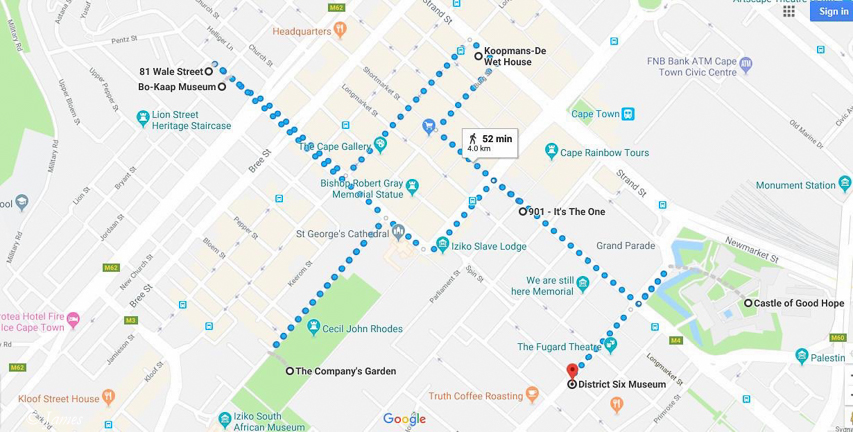
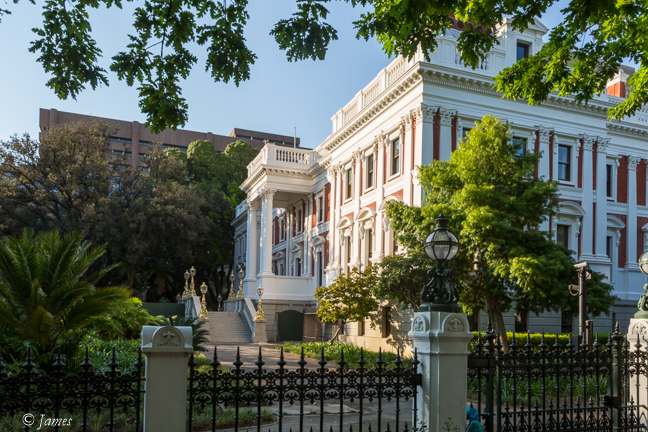
Parliament 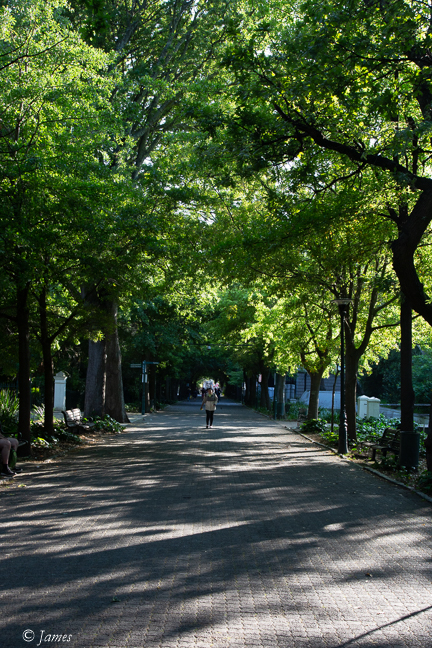
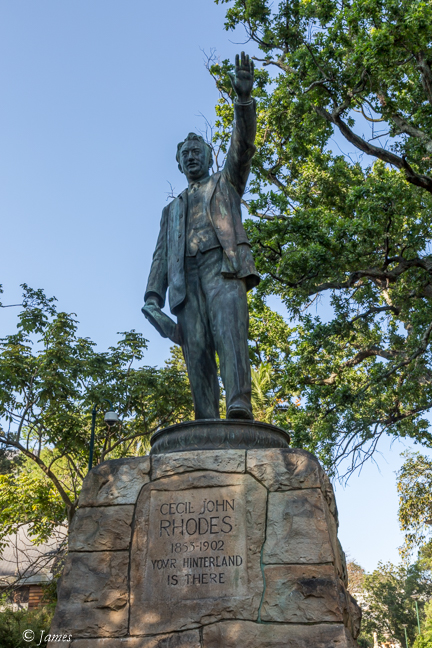
Rhodes 
Company Garden 
Nat. Library 
Synagogue 
Nat Museum 
Koopman de Wet 





Green Market 



City Hall 
Castle Moat, Lions Head 
City Hall 
Castle 

Bell Tower 
Courtyard 
Tower 
The Kat 


William Fehr Collection 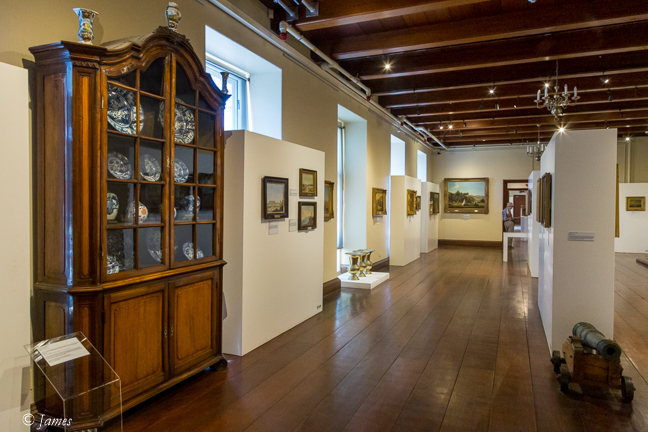

Arsenal 
District Six 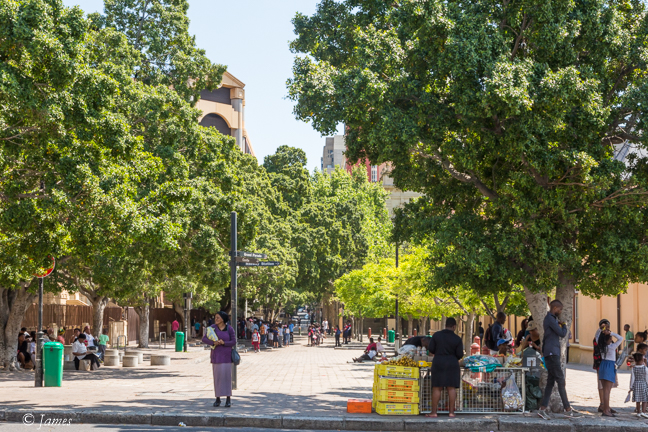

After a quick lunch we drove to Groot Constantia ‘behind’ the mountain, established as a vineyard in 1685 using cuttings from Europe. A simple house initially, though with the Dutch gable, it was extended subsequently so the complex now has a new cellar and two restaurants. It still sells home grown well regarded wines. It is approached along an avenue of very old leafy oaks. I saw it as a 7yr old which impressed me so much, I had to build one at Forth, Tasmania, and in 2002 in Perth as a B&B.
In 1679 Simon van der Stel was appointed by the Dutch East India Company to govern the Cape of Good Hope. After years of loyal service, he requested land from the Company. He periodically sent out riders to collect soil samples. In 1685 he chose 891 morgen (about 763 ha) situated behind Table Mountain for its wine-growing potential and magnificent scenery. Over the years the wines produced on the estate caught the attention of influential people across the globe – clearly due to its impressive quality. Global aristocracy made sure that they had enough stock of this acclaimed and precious product. “Constantia” is the Latin word for constancy or steadfastness, attributes he valued greatly. (Old photo from cape catalogue1900.pdf)
We quickly photographed the grounds as we intended to take the cable up Table Mt, but wanted to also stop at Oudekraal. Set against the backdrop of the Twelve Apostles, with a number of sheltered coves and small sandy beaches between the massive granite boulders, this scenic area forms part of the Table Mountain National Park, and has a number of carefully maintained braai (barbecue) sites sheltered beneath Milkwood trees, offering fantastic views of mountain and sea. I loved it, but we could only spend a few minutes here.
It was too late for the cable way, so we ended the day shooting the mountain from Bloubergstrand (blue mountain) across the wide bay. The view from here has been painted and photographed since the beginning of the colony, so why not us?
These are all places I visited with my mother in 1952. My sister, Myra, lived in a suburb here, Bellville. Mom had nursed me through rheumatic fever over several months so Dad sent us by train from Salisbury (Harari), a 3 day journey via Botswana.
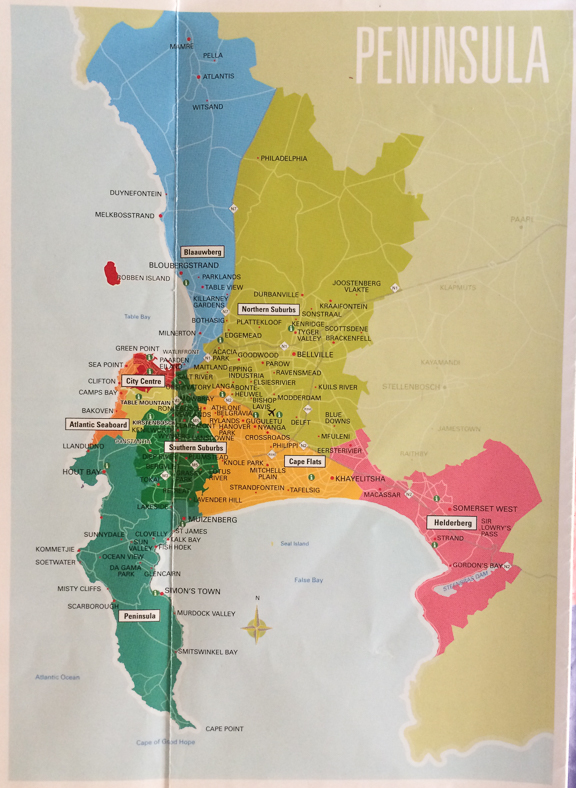
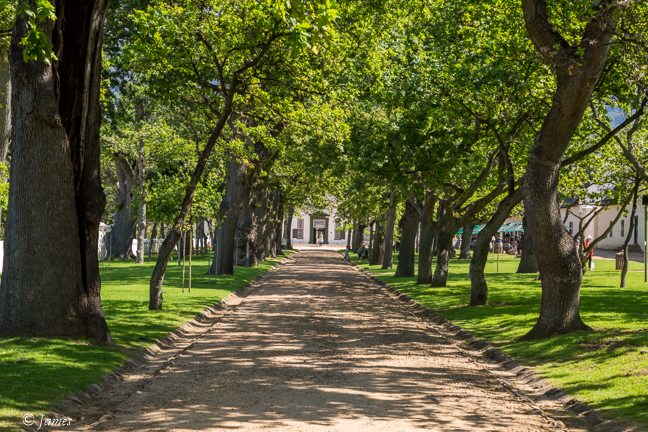
Groot Constantia 


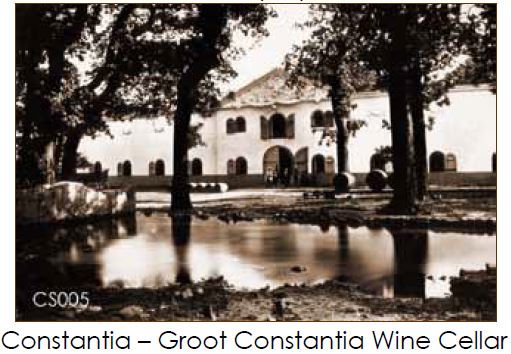

Hout Bay 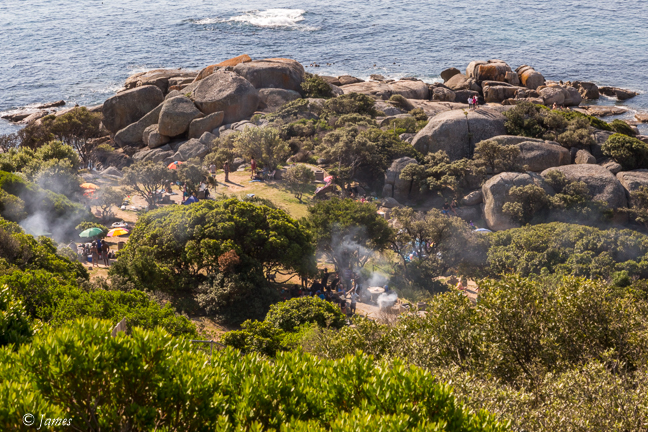
Oudekraal 
Lion’s Head, 12 Apostles 

Blouberg 

Yes why not indeed! Such a gorgeous place. I didn’t realise you lived there for a while….was that to get you to a better climate?
Not really – just for a few months. Two events I remember – my first visit to a dentist to remove a molar (big struggle) and learning to socialise at Myra’s party!